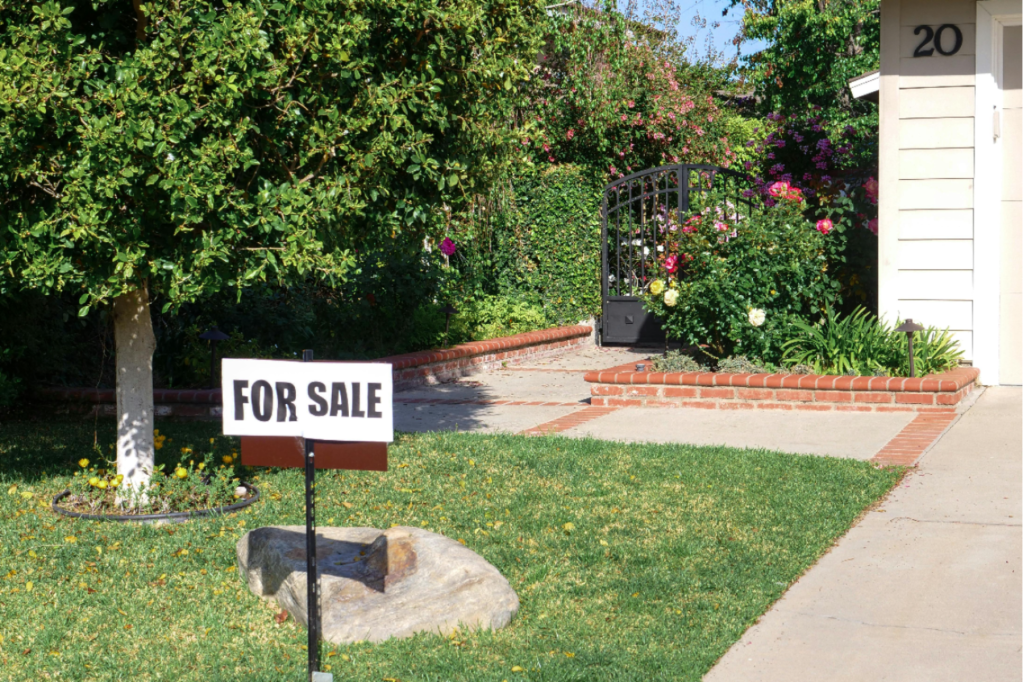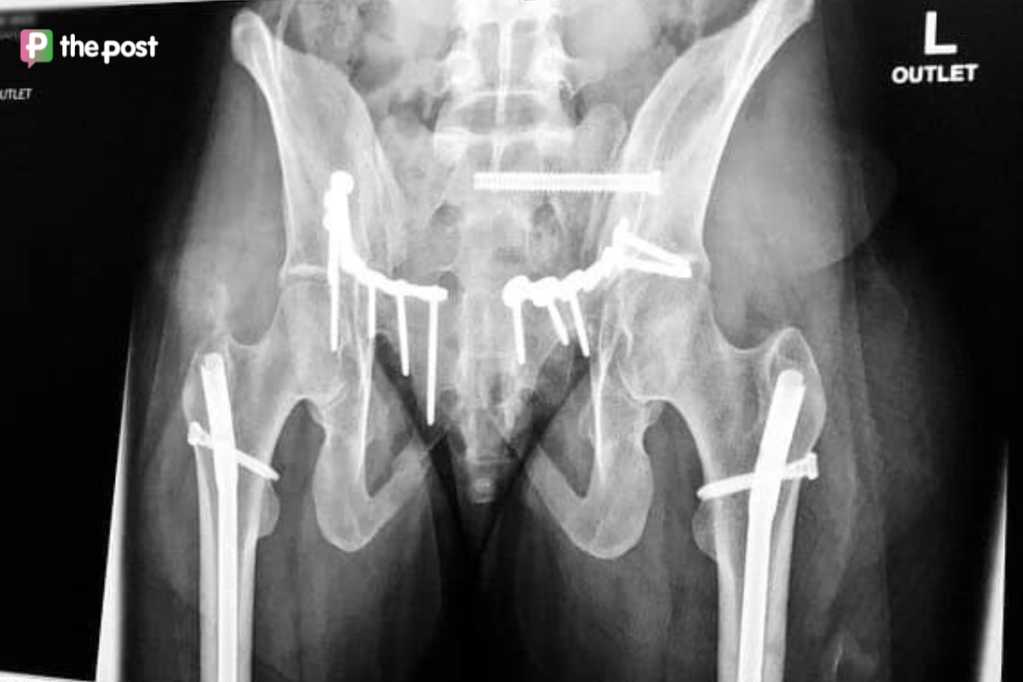Adelaide house prices keep on rising
Adelaide house prices were among the most expensive in the nation in September, with one report saying housing was now “unaffordable across every metric”.

Adelaide property prices saw the country’s biggest monthly increase in September at 0.53 per cent, followed by Perth at 0.24 per cent, according to PropTrack’s Home Price Index released today.
However, a similar report from data provider CoreLogic said September growth in Perth had eclipsed Adelaide, seeing 1.6 per cent growth, compared to 1.3 per cent in Adelaide.
CoreLogic said Adelaide’s median dwelling price had grown above Melbourne, at $802,075, though PropTrack saw Adelaide remain slightly below Melbourne, with a median price of $778,000.
The CoreLogic report saw Adelaide’s annual house rental prices increase by 7.9 per cent to September 2024, second only to Perth, which saw 10.8 per cent growth. Unit rents were up 9.3 per cent, second again to Perth.
CoreLogic research director Tim Lawless said its metrics indicated “the median income household would require around a third of their income to service the median rent value across Australia in June”.
You might like
“It wouldn’t be surprising if the average household size has continued to increase as group households and multi-generational households become more common in the face of high rental costs.”
Both reports said Adelaide house prices were at their peak, above those of Perth, Hobart, and Darwin, with PropTrack recording a 15.5 per cent annual price growth.
CoreLogic said the “immediate outlook for housing markets is for further growth in housing values”.
“An ongoing under-supply of newly built homes will naturally keep a floor under housing prices and rents,” it said.
Stay informed, daily
“Housing remains unaffordable across every metric. The portion of household income required to service a new mortgage for the median income household was at record highs in the June quarter at 50.3 per cent.
“It would take 10.6 years for a household on the median income to save a 20 per cent deposit to buy the median value dwelling (if they can save 15 per cent of their income each year).”
Both reports use a hedonic regression methodology, using recent sales data and information about individual property attributes to distinguish price increases attributed to changes to a property.
While both also assess repeat sales data, CoreLogic looks at the change in the price of individual properties sold during or around the time period.
However, PropTrack is understood to utilise a repeat sales regression model that matches transactions of non-identical but “closely related” properties when assessing price changes.
Both reports agreed on a national monthly increase of 0.4 per cent in dwelling prices, with PropTrack senior economist Eleanor Creagh saying prices were “expected to lift through the typically busier spring selling season”.
“Housing demand remains resilient, defying affordability constraints with prices lifting across much of the country in September,” she said.
“Though prices are rising, sustained high interest rates, cost of living pressures, weak consumer sentiment and affordability constraints are weighing. Uncertainty around the timing of interest rate cuts is likely also having an impact on the pace of growth.”
Regional housing prices saw an increase around the state, with CoreLogic reporting the Barossa, Yorke, and Mid North region saw a 3 per cent growth in house prices in September, reaching $455,311.
The South East saw the smallest regional increase at 0.2 per cent growth, to $515,049. Regional South Australia has seen a 66 per cent increase in house value since the onset of Covid 19.








